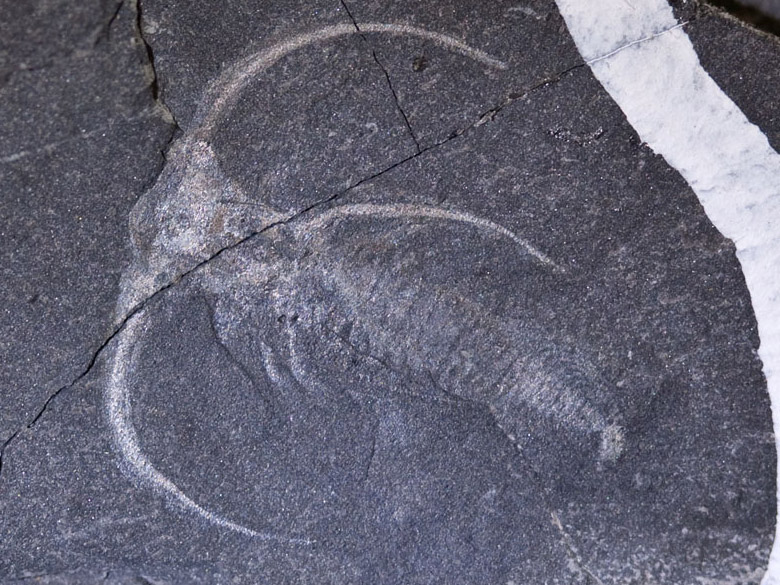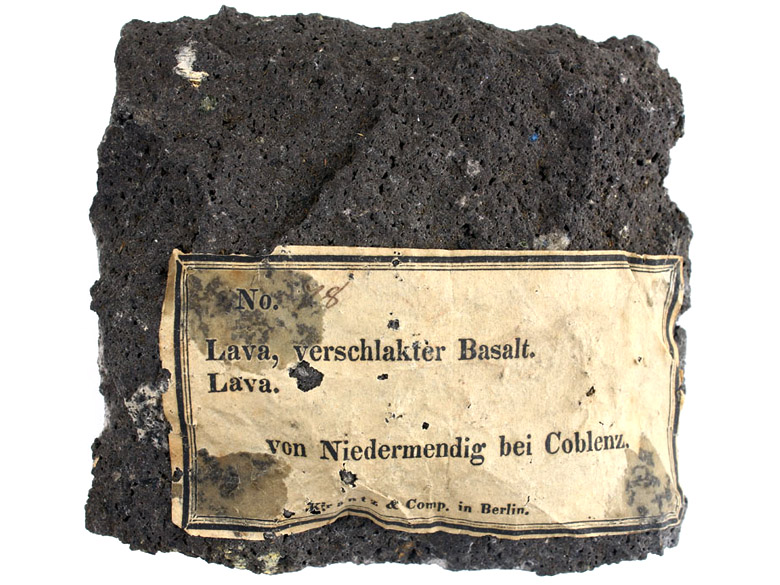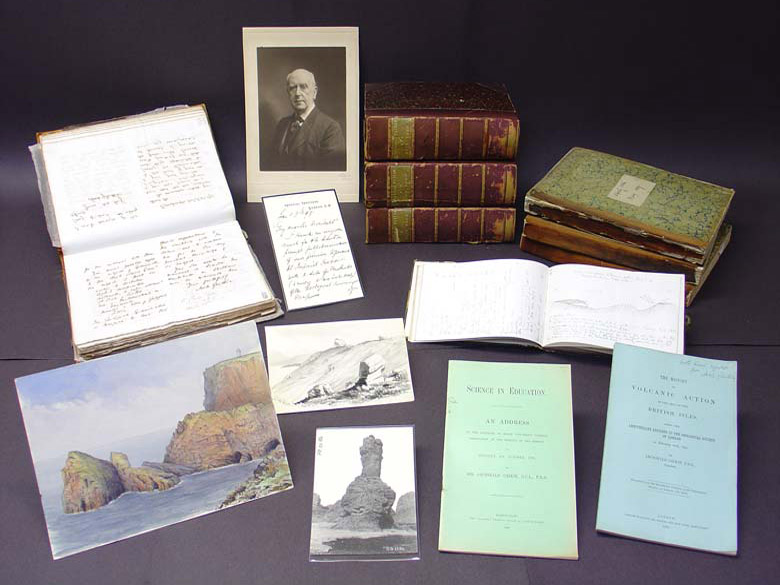Fossils
The fossil collection has over 20,000 specimens, mostly from the fossilized remains of marine animals. They cover more than 500 million years of geological time, starting with the Palaeozoic era, through the Mesozoic era and ending in the Cenozoic era. The fossil material consists of teeth, scales, corals, sponges, bones, shells and plant remains. Most of our collection is from England, with a few exceptions from New Zealand, Scandinavia, Continental Europe, North America, Canada and South America.
Rocks and Minerals
The mineral collection is over 5,000 specimens, mostly from British localities. It includes a diverse range of minerals and is the largest collection of its type in the county of Surrey. The collection includes common and widespread mineral species such as quartz and its numerous varieties, calcite, gypsum, pyrite, barite fluorite, hematite, feldspars, micas and the garnets. Notable well-crystallised mineral specimens from the British Isles include calcite from the north of England and fluorite from various localities in northern England and Cornwall. Also present are ore samples of the common metals as well as a wider range of more rare minerals. Rare minerals include chalcophyllite, olivenite and pharmacosiderite.

Jurassic Ichthyosaur
Ichthyosaur means fish lizard. Ichthyosaurs were marine reptiles, a completely separate group to dinosaurs. They had streamlined, fishlike bodies designed for speed. Although they lacked gills, but almost certainly never left the water. They gave birth to live young in the water and rare fossils have captured this moment. This item was donated by Colonel Oliver Hawkshaw in 1922, the son of John Clarke Hawkshaw and great nephew to Sir Charles Darwin.


